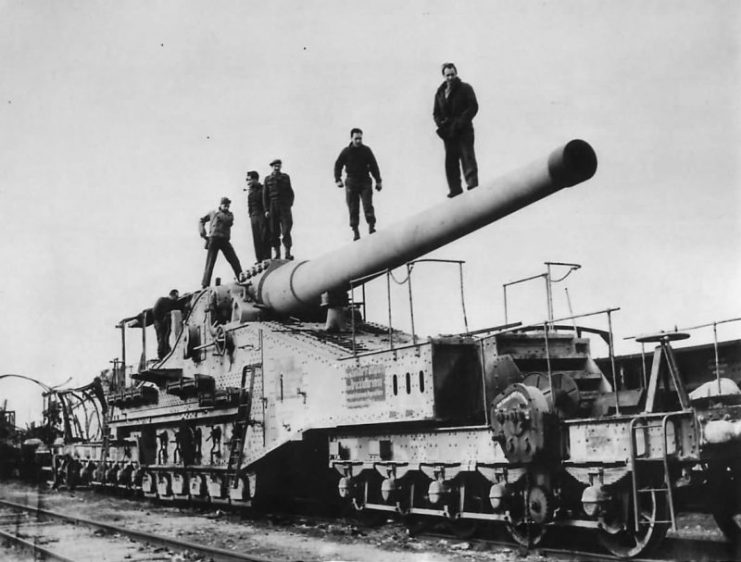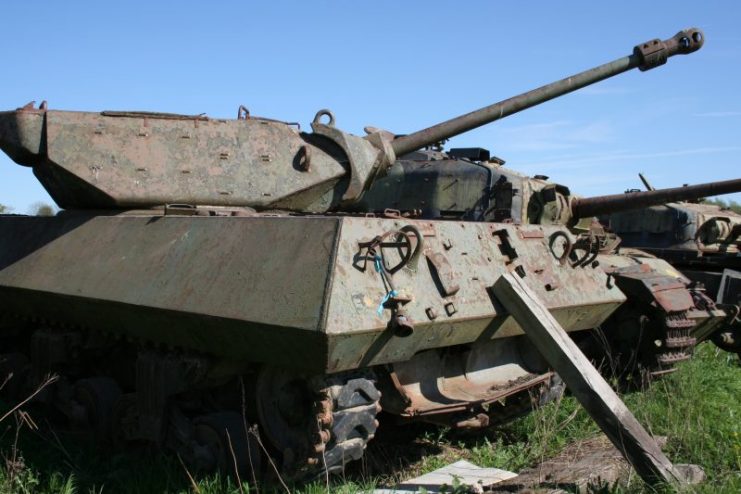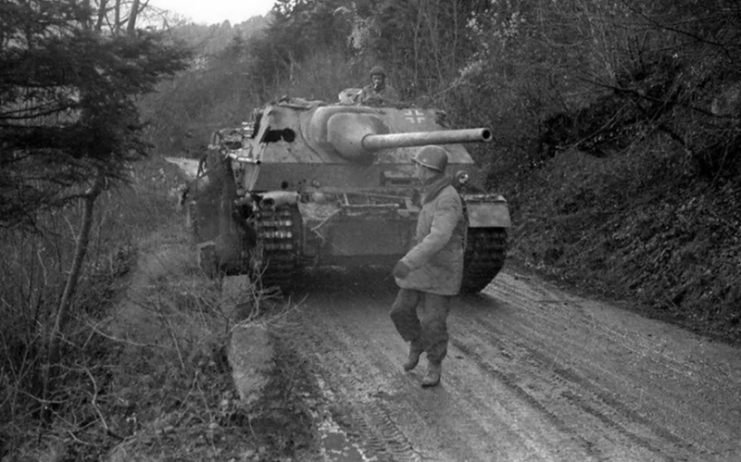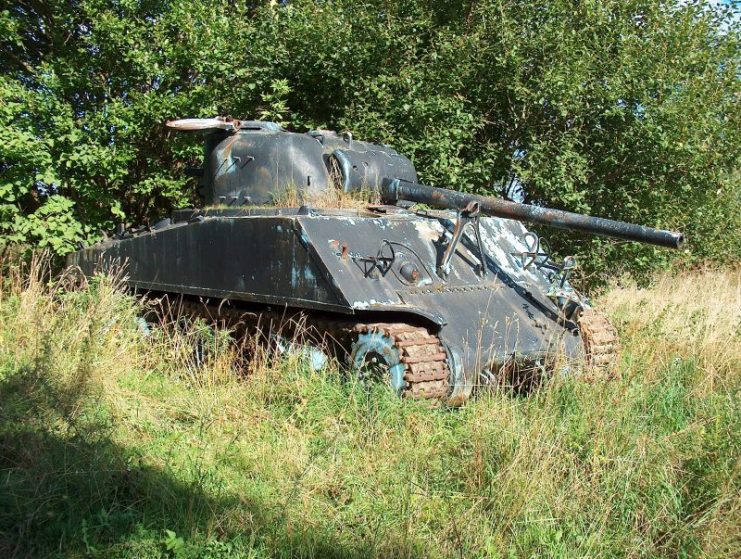Europe, 1945: cities reduced to rubble, millions of people displaced, and landscapes colored with the rusted shells of destroyed tanks and weaponry, reminding everyone that events which shaped history happened only yesterday.
However, while the war machines which suffered on the field of battle piled up to hundreds of thousands, the front was never smothered in abandoned hardware. After the war, the number of wrecks left in the field was far lower than one would expect.
There are several reasons that explain why this was the case, and all of them are related to scavenging war material. Armies wanted to re-use as much of a destroyed vehicle as possible.
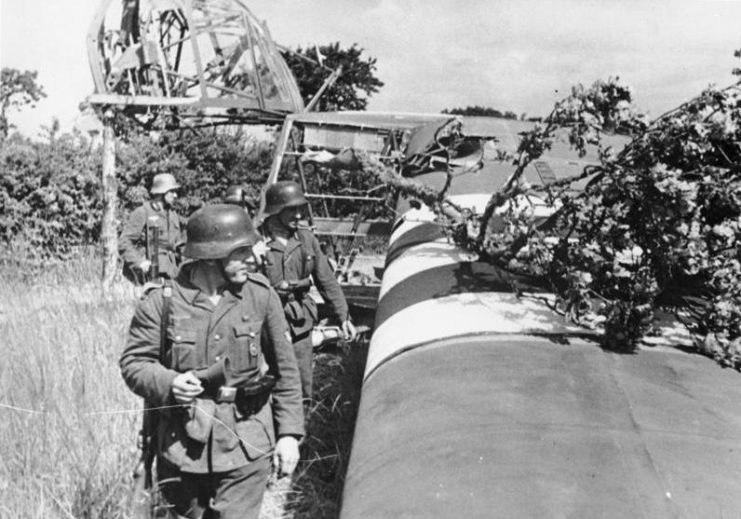
The Germans had developed a system early on of pressing enemy weaponry into service after capturing it. During the Battle of France and the subsequent evacuation at Dunkirk, the joint British and French forces left behind numerous vehicles, tanks, and artillery ― all of which were put into service and given new classifications by the Reich.
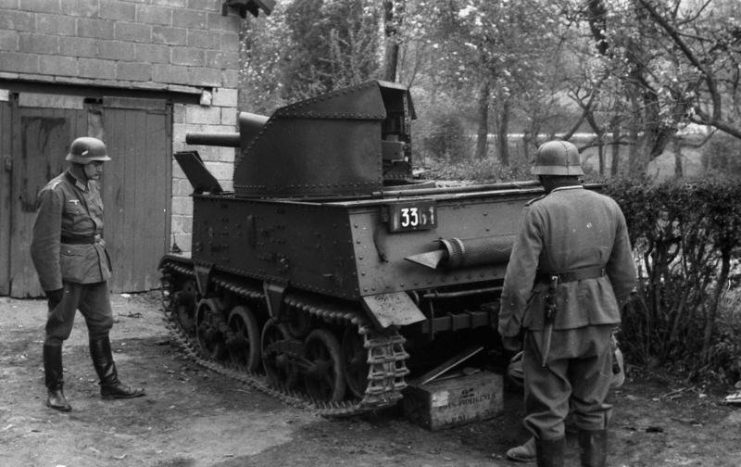
Major Alfred Becker was a man who saw this as an opportunity to enhance the Wehrmacht’s arsenal with seized weapons, or as the Germans called them “Beutepanzer.”
Just outside Paris, in the former Hotchkiss factory, Becker set up his workshop/office in order to catalog, collect, and modify all captured Allied weapons.
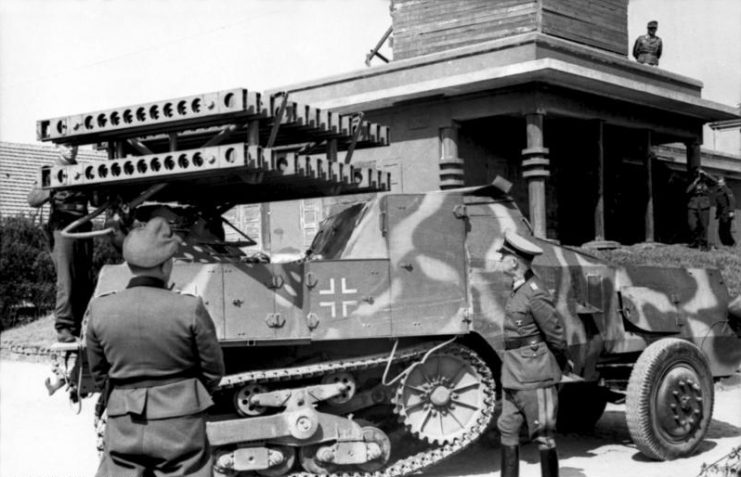
On the Eastern Front, great efforts were made to salvage as many damaged vehicles as possible. These were the glory days of repair and recovery units which existed on all sides of the conflict. The motto was “nothing goes to waste.”
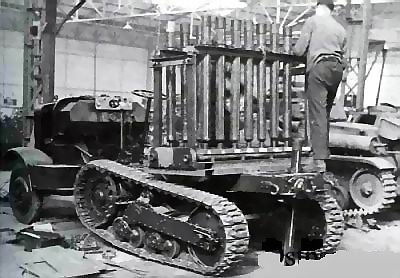
Within the Soviet and American forces, there were units so skilled in scavenging equipment that they were even able to operate while the battle was still raging. As bullets flew around them, they would tow destroyed vehicles for spare parts or even dismantle damaged equipment on the spot.
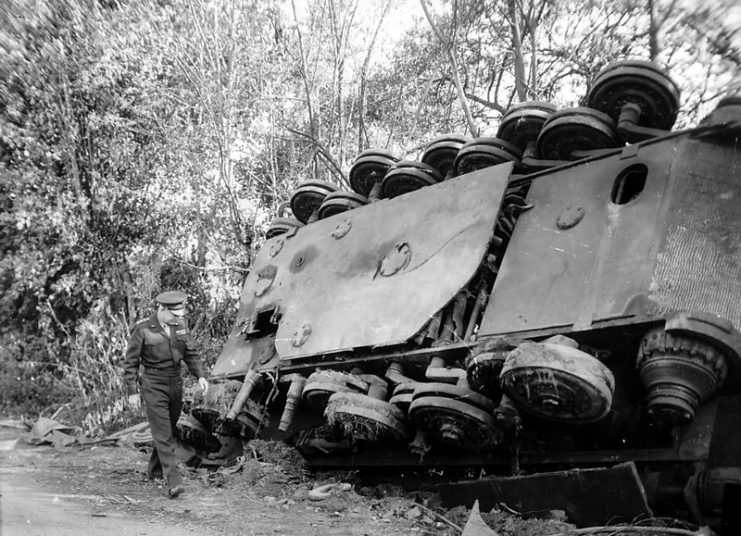
After the landing in Normandy, Allied units with specialized vehicles had perfected the craft of clearing out huge battlefields to prevent roads clogging up and ensure that the logistics chain could function efficiently.
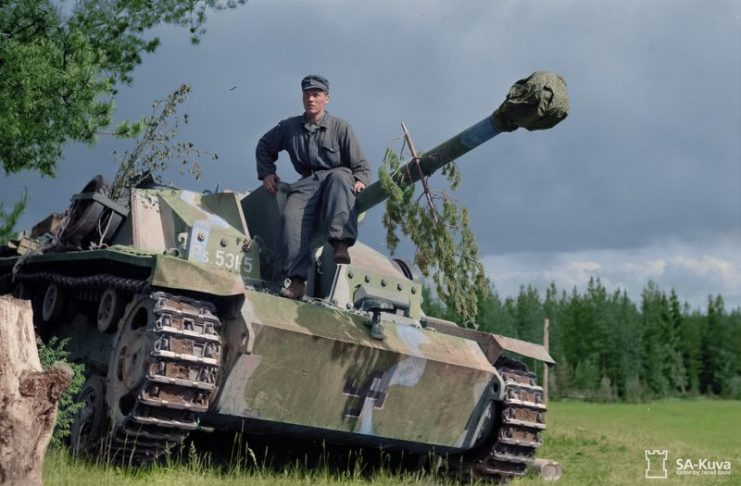
They established a pattern by which tanks and other vehicles, together with artillery, were moved to assembly points, designated as safe zones which were clear of mines and enemy activity.
The second step was split up the material according to type, weight, or damage level, after which they would end up in “strip-out yards.”
